Culture Lab Detroit 2016: Walls
An actionable discourse on the tactile and metaphoric walls within the Motor City

A quick conversation with a Detroiter—one of those born and raised, or transplanted for school who stuck around after, and even the ones who sought out inexpensive real estate and a fresh start later in life—reveals (regardless of how bold or subtle) an authentic passion for the city’s past, present and future. For those of us in the Motor City for this year’s Culture Lab Detroit—the fourth annual iteration—conversation was key. The forum itself presented two open-to-the-public conversations featuring global art and design figures who addressed Detroit topics. But this influx of talent and their discourse represents only some of the worth. Visibility plays a role, tangible longterm projects factor in, and extended exposure to the city’s frequent developments seal the deal. Culture Lab Detroit is a platform for change, and while everyone has their opinions on what Detroit needs, this forum’s founder Jane Schulak knows exactly what she must do: facilitate connections; micro and macro, personal and professional.
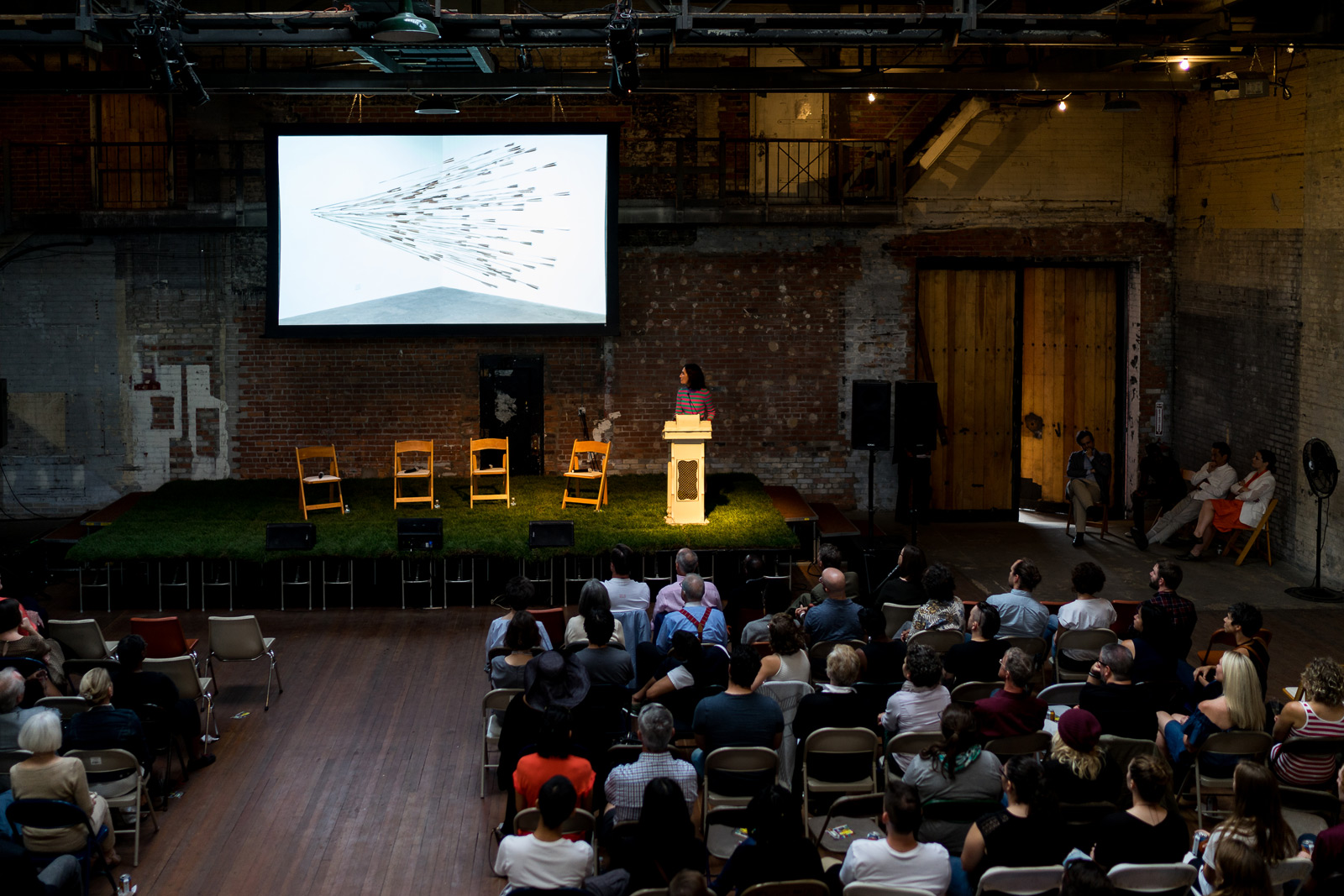
Schulak makes clear what she hopes to accomplish year after year. “This is a platform for connectivity,” she explains to CH. “I hope to raise the bar with each iteration, while furthering the connection between Detroit and rest of the world.” She goes about it by programming the two nights of conversations and building tangential activities for guests: dinners, tours and an art exhibition. Through the cultural and urban immersion, she hopes to initiate more than dialogue—but tangible, commercial, design-driven projects. In some ways, this has already happened (a previous Culture Lab brought together restaurateur Alice Waters and the two owners of Detroit’s farm-to-table Rose’s Fine Food, and saw the latter spending time at Waters’ home, learning industry insights from an expert). But more are in development and Schulak hopes to share the news of large-scale collaborations soon.
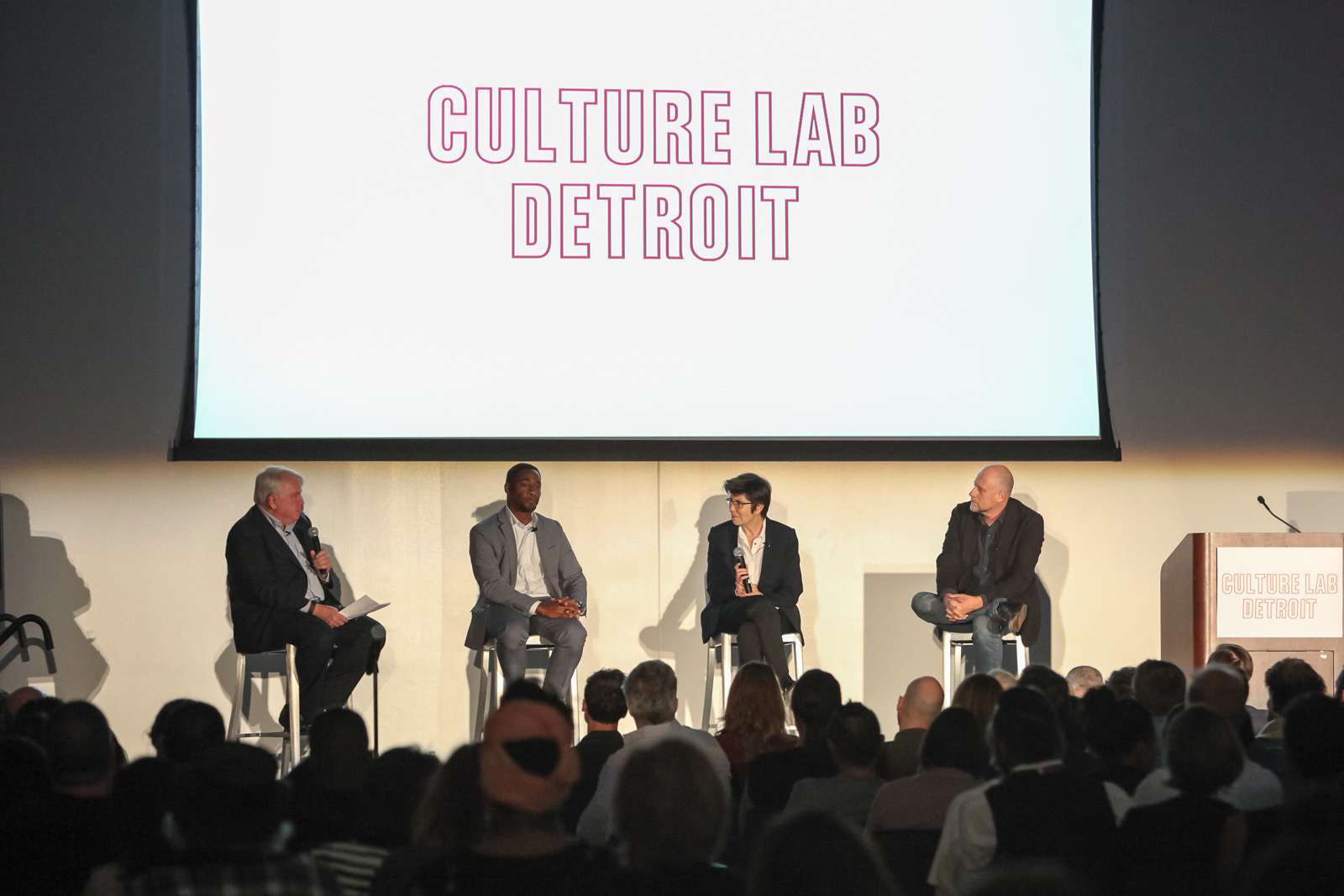
Returning to this year’s theme, “Walls” stands to mean many things for Culture Lab. “Detroit is full of walls,” Schulak continues. “Some are beautiful, others not so. There are metaphysical walls, as well,” she adds, in a way referencing the city’s sprawl, the impact of blight on neighborhoods and inadequate public transportation means. The two nights were subdivided, one addressing the more specific topic of “Sliding Walls: Reimagining the Architecture of Cultural Space” and the other on the idea of “Throwing Stones: Art and Social Progress,” which translated, more or less, to the walls built by personal, artistic and cultural messaging. And the roster for both lived up to expectations.

For the “Sliding Walls” dialogue, Culture Lab Detroit brought architect Elizabeth Diller, artist and author Trevor Paglen and Pérez Art Museum Miami‘s Director Franklin Sirmans to the stage. In advance of the talk, we spoke with Paglen who shared that “Honestly, it was the people,” that encouraged him to take part. “It’s an interdisciplinary group who I have a great admiration for and whose work I know reasonably well.” Paglen’s mass surveillance and data-driven art has long removed walls, so to speak. Diller, on the other hand, has imagined some of the most important structures—from NYC’s Highline to LA’s The Broad. Sirmans, whose museum changed the way indoor and outdoor art can be united, shares with CH, “In some ways you can draw connections between here and what we have in Miami, and how they are demographically different than other cities in America.” He also references the sprawl of Miami-Dade County and that of Detroit.
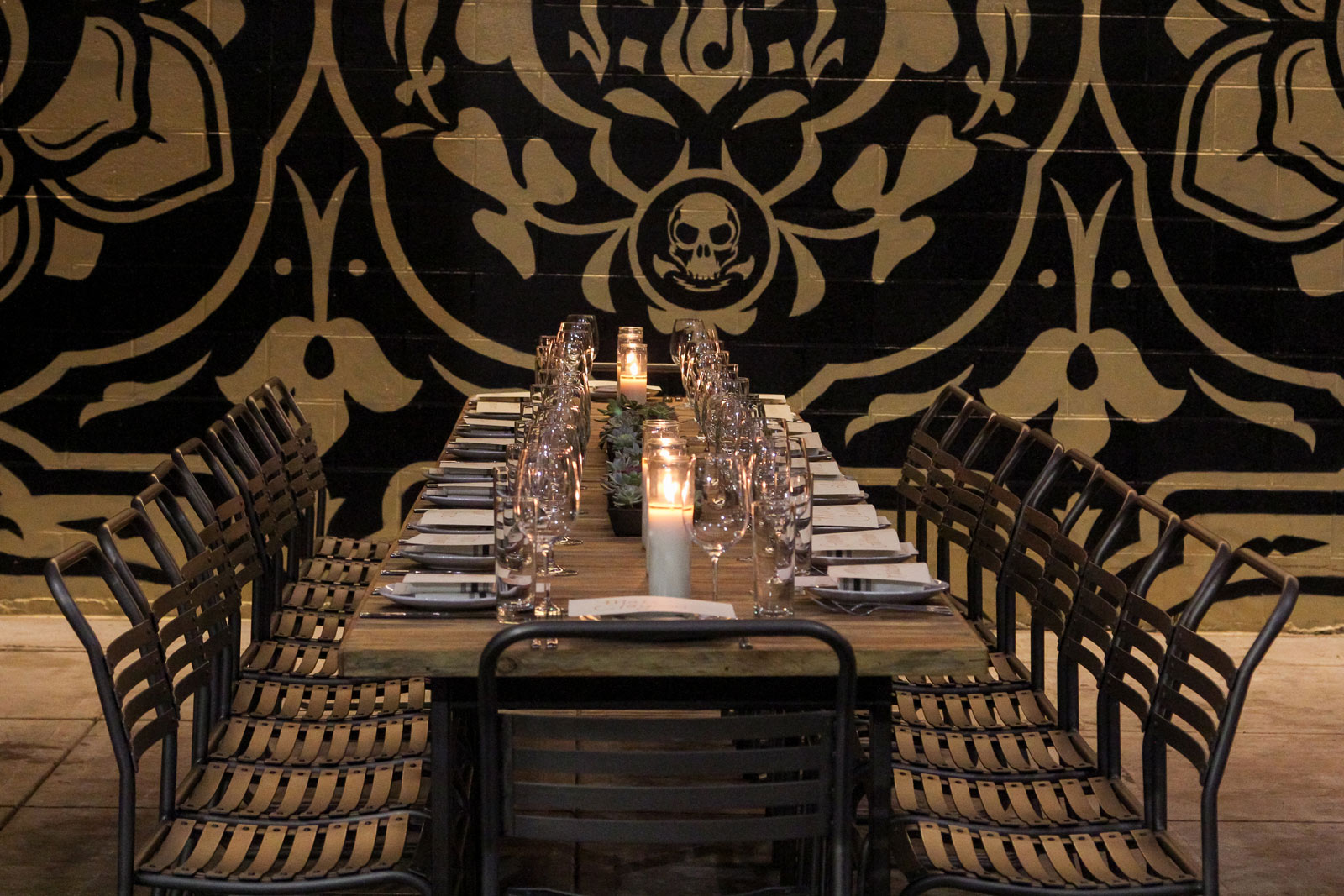
Within the hour-long conversation (moderated by the Knight Foundation’s Dennis Scholl) many put forward ideas stemming from their own experiences. But ground was truly broken when Diller addressed the idea of gentrification, specifically in the context of her Highline project. Upon its completion, and since, real estate prices have surged around the above ground park. This wasn’t anything she was aware would happen with the development. And while she acknowledges it most likely pushed people away, she made clear that cities (and the neighborhoods inside) exist in cycles. Right now the Highline draws millions. It may not always. Elements of the city will expand elsewhere and attention will be drawn there. This is the way cities function, and this is the way Detroit has functioned. Design-driven projects right now are reinvigorating areas, and real estate prices. There is the potential for this to expand, contract or even develop competition.
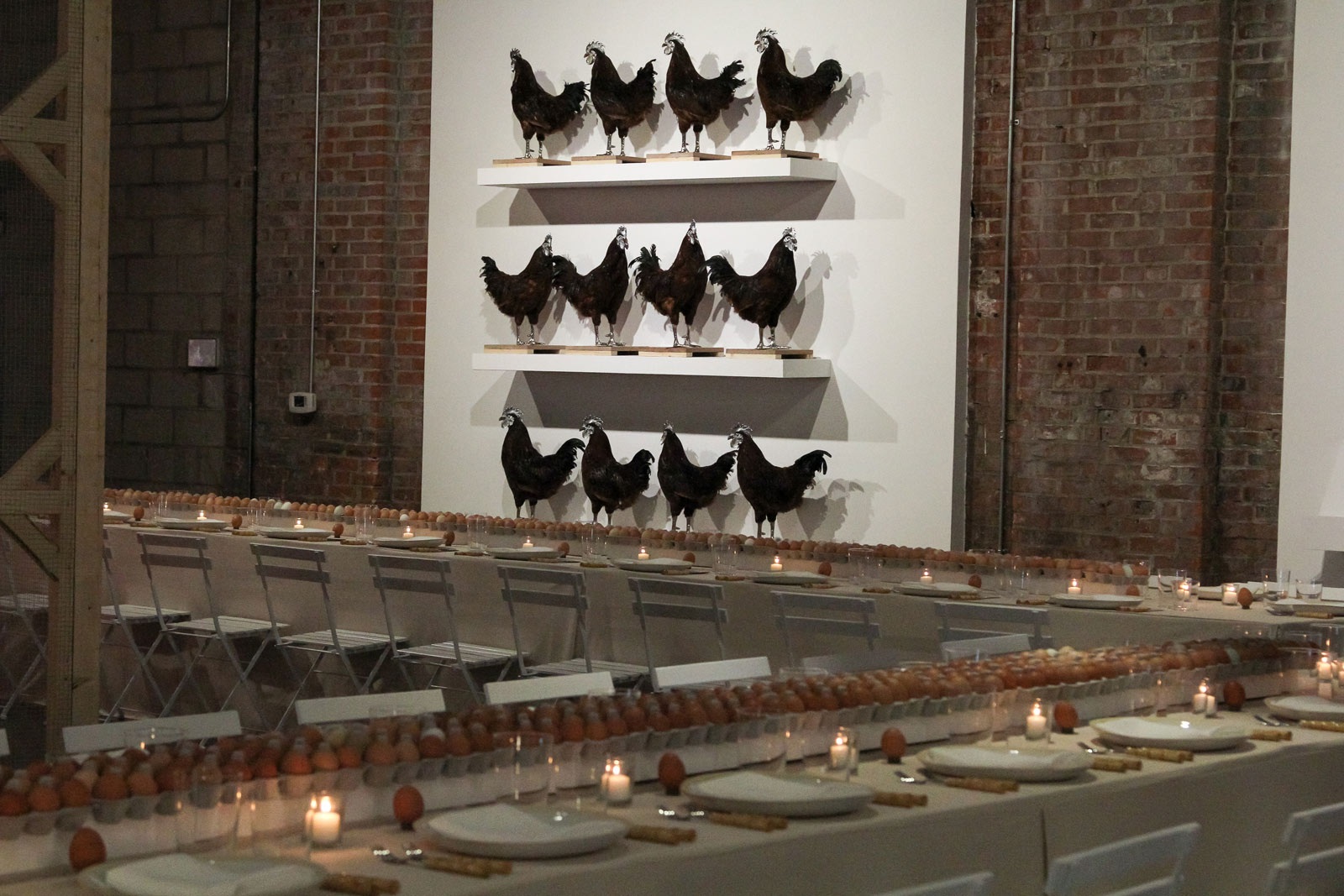
The following night’s conversation, held in the North End’s Jam Handy, carried even more potency. Moderated by the Detroit Institute of Art’s Director Salvador Salort-Pons, artist Adam Pendleton, Storefront for Art and Architecture founder Eva Franch i Gilabert, and artist Glenn Kaino initiated a dialogue about the changing city—and the city spoke back. Pendleton’s observation that Detroit’s population is 80% black people and that the crowd at Culture Lab wasn’t representative of that brought a grounded reality to the dialogue. A statement from an attendee requested that we change the language around Detroit’s shift. The word “abandoned” does not represent these neighborhoods, she made clear. And with that, the panelists delved into the fundamentals of language’s impact. The evening closed with another speaker from the crowd who heard what was being said and wanted to remind people that arts and humanities go hand-in-hand and beyond dialogue—even wide-exposure, artist-led dialogue—people must put their hands to work repairing the city he loves. And he is right.
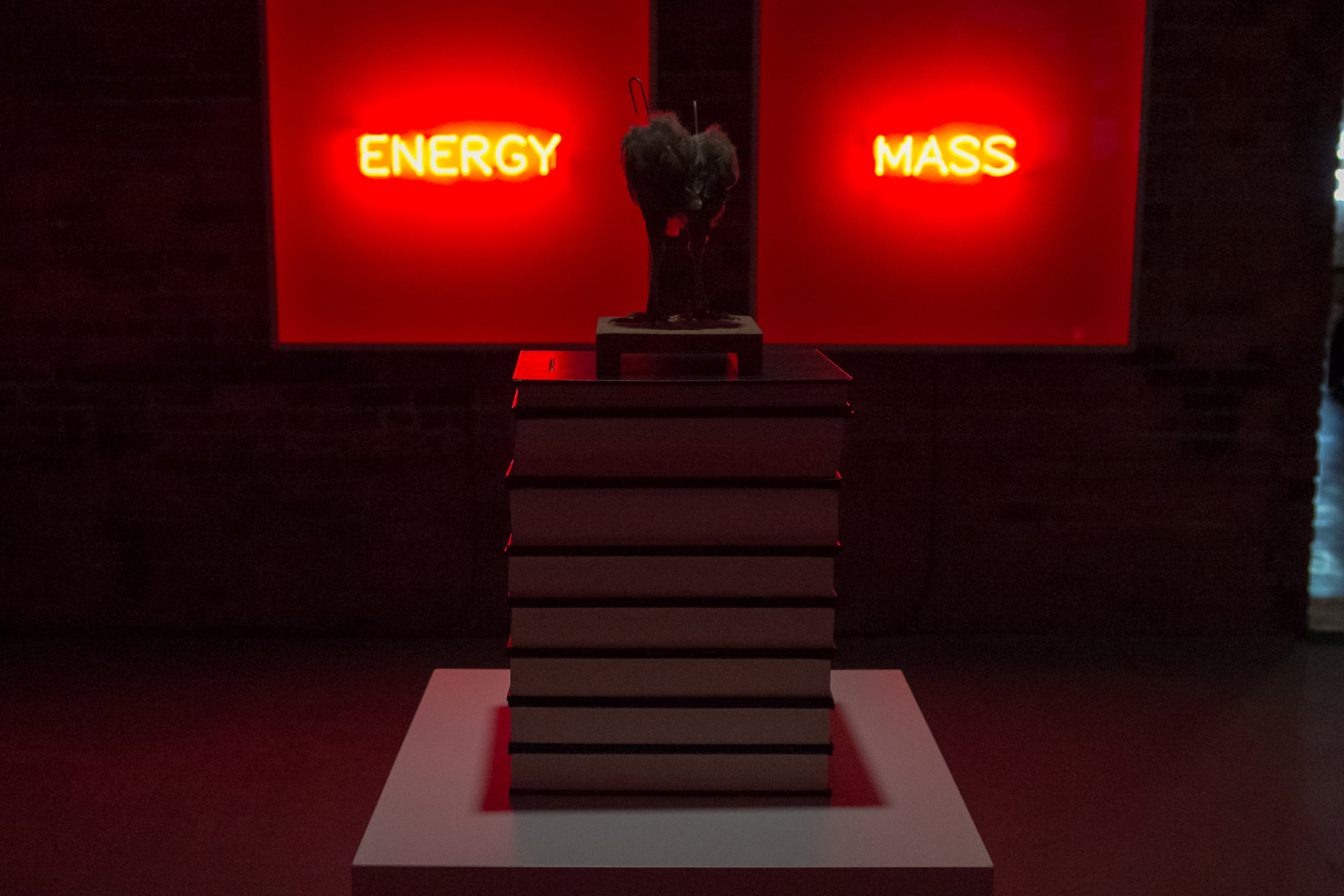
Beyond the big conversations—and the Gary Simmons exhibition Culture Lab presented with MOCAD—the rest of the forum was about exploration. A dinner at the Wasserman Projects art gallery exposed guests to a new cultural hub—filled with the very eccentric 20-year-long Cosmopolitan Chicken Project. Neighborhood tours showed areas of decay and areas of reemergence—neither to be gawked at, but rather to allow for the transfer of information and context. And even the restaurants selected, from the aforementioned Rose’s Fine Food to the masterful Asian-fusion haven Katoi and The Skip (an indoor/outdoor venue downtown in a side alley known as The Belt), reveal the city’s potency.

It’s worth noting that in the days following Culture Lab, we continued to convey what we had learned in Detroit to those back home in NYC. The experiences were uncommon. The dialogue was top-tier. A city opens up in unexpected ways with the proper guidance. At the bare minimum, Schulak and her organization do allow people—speakers, guests and perhaps even residents—to fall in love with the city again. But the founder makes clear that this is only the first step and tactile developmental projects must be the ultimate outcome. Everyone can have a good conversation when given all the necessary ingredients. Here, however, the conversations are just the first component for longterm, impactful change.
Gary Simmons image by John Froelich, all other images courtesy of Culture Lab Detroit












